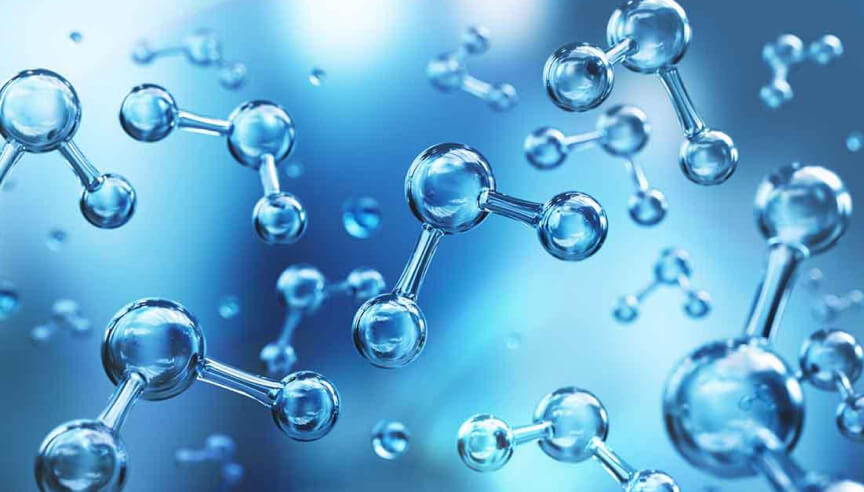The Evolution of Water Disinfection

From Liquefied Chlorine to Sodium Hypochlorite and Chlorine Dioxide: The Evolution of Water Disinfection
The history of water disinfection is a narrative of constant innovation, driven by the imperative to provide safe and clean drinking water to communities. This paper explores the evolution of water disinfection, tracing the journey from the early use of liquefied chlorine to the adoption of sodium hypochlorite and chlorine dioxide. Each stage in this evolution represents a significant stride towards safer and more efficient water treatment methods.
Introduction:
The importance of water disinfection cannot be overstated, with its roots tracing back to ancient civilizations recognizing the need for clean water. However, it wasn’t until the late 19th century that the use of chlorine revolutionized water treatment. This marked the beginning of a transformative journey that continues to shape contemporary water disinfection practices.
Liquefied Chlorine:
The discovery of liquefied chlorine by Carl Wilhelm Scheele in 1774 laid the foundation for modern water disinfection. Chlorine gas, released from liquefied chlorine, exhibited remarkable antimicrobial properties. This breakthrough led to the widespread adoption of chlorine gas in the early 20th century, effectively reducing the incidence of waterborne diseases.
Sodium Hypochlorite:
While liquefied chlorine was a groundbreaking discovery, the inherent challenges of handling and transporting chlorine gas prompted the exploration of safer alternatives. Sodium hypochlorite, commonly known as bleach, emerged as a practical solution. Its liquid form allowed for easier application, and it became a staple in municipal water treatment plants. The versatility of sodium hypochlorite contributed to its widespread adoption and remains a key disinfectant in many water treatment facilities globally.
Chlorine Dioxide:
As concerns about disinfection byproducts and taste and odor issues associated with chlorine intensified, the search for alternative disinfection methods gained momentum. Chlorine dioxide emerged as a versatile and effective disinfectant in the mid-20th century. Unlike chlorine, chlorine dioxide does not produce trihalomethanes (THMs) and offers efficient disinfection across a broad spectrum of microorganisms. It gained popularity in both municipal and industrial water treatment applications.
Comparative Advantages:
The evolution from liquefied chlorine to sodium hypochlorite and chlorine dioxide reflects a continuous effort to balance efficacy, safety, and environmental impact. Liquefied chlorine, despite its effectiveness, posed challenges in handling and storage. Sodium hypochlorite addressed these issues and became a staple in water treatment, providing immediate and residual disinfection. Chlorine dioxide, with its unique properties, added another dimension to water treatment, offering a solution to the limitations associated with chlorine.
Challenges and Considerations:
While sodium hypochlorite and chlorine dioxide offer significant advantages, challenges persist. Sodium hypochlorite, for instance, can degrade over time, necessitating careful handling and storage. Chlorine dioxide requires precise control and monitoring due to its sensitivity to pH and temperature. Additionally, the cost implications and environmental considerations of each disinfection method must be weighed.
Conclusion:
The evolution of water disinfection from liquefied chlorine to sodium hypochlorite and chlorine dioxide represents a dynamic journey marked by continuous improvement and adaptation. As we navigate the complexities of providing safe drinking water to a growing global population, ongoing research and technological innovations will play a pivotal role in shaping the next chapter of water disinfection, ensuring a future where waterborne diseases are minimized, and communities thrive on the assurance of clean and safe water.
